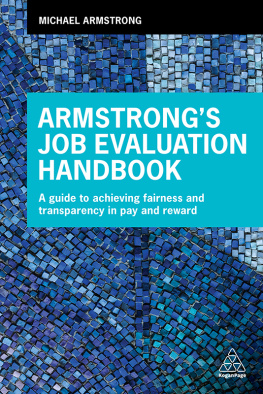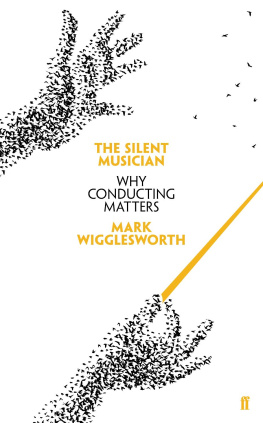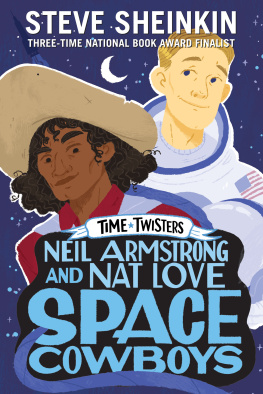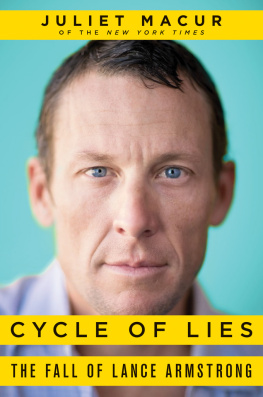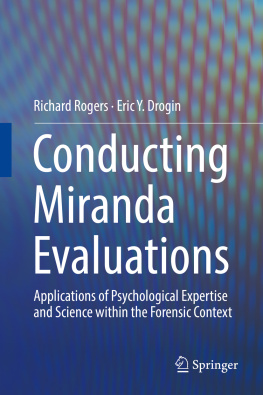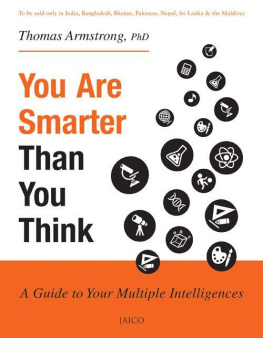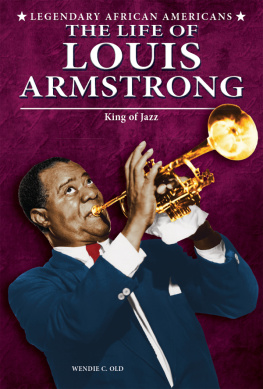Joe E. Armstrong - Strategies For Conducting Technology Assessments
Here you can read online Joe E. Armstrong - Strategies For Conducting Technology Assessments full text of the book (entire story) in english for free. Download pdf and epub, get meaning, cover and reviews about this ebook. year: 2019, publisher: Routledge, genre: Romance novel. Description of the work, (preface) as well as reviews are available. Best literature library LitArk.com created for fans of good reading and offers a wide selection of genres:
Romance novel
Science fiction
Adventure
Detective
Science
History
Home and family
Prose
Art
Politics
Computer
Non-fiction
Religion
Business
Children
Humor
Choose a favorite category and find really read worthwhile books. Enjoy immersion in the world of imagination, feel the emotions of the characters or learn something new for yourself, make an fascinating discovery.

- Book:Strategies For Conducting Technology Assessments
- Author:
- Publisher:Routledge
- Genre:
- Year:2019
- Rating:3 / 5
- Favourites:Add to favourites
- Your mark:
- 60
- 1
- 2
- 3
- 4
- 5
Strategies For Conducting Technology Assessments: summary, description and annotation
We offer to read an annotation, description, summary or preface (depends on what the author of the book "Strategies For Conducting Technology Assessments" wrote himself). If you haven't found the necessary information about the book — write in the comments, we will try to find it.
Strategies For Conducting Technology Assessments — read online for free the complete book (whole text) full work
Below is the text of the book, divided by pages. System saving the place of the last page read, allows you to conveniently read the book "Strategies For Conducting Technology Assessments" online for free, without having to search again every time where you left off. Put a bookmark, and you can go to the page where you finished reading at any time.
Font size:
Interval:
Bookmark:

with Willis W. Harman

52 Vanderbilt Avenue, New York, NY 10017
2 Park Square, Milton Park, Abingdon, Oxon OX14 4RN
Product or corporate names may be trademarks or registered trademarks, and are used only for identification and explanation without intent to infringe.
Main entry under title:
Strategies for conducting technology assessments.
(Westview special studies in science, technology, and public policy)
Includes index.
1. Technology assessment. I. Armstrong, Joe E. II. Harman, Willis W. III. Series.
T174.5.S77 303.4'83 80-13406
- iii
- Tables
- Figures
- What useful results have been achieved from NSF-sponsored TA's to date?
- To what degree have TA's provided guidance for major policy decisions?
- Have study strategies, methodologies, or procedures demonstrated cumulative refinement and usefulness for the conduct of TA's?
- From case studies of completed TA's, what lessons have been learned and what can be done to aid NSF in better selecting and guiding future efforts, to assist those responsible for conducting assessments, and to make the results more useful to the intended users?
Font size:
Interval:
Bookmark:
Similar books «Strategies For Conducting Technology Assessments»
Look at similar books to Strategies For Conducting Technology Assessments. We have selected literature similar in name and meaning in the hope of providing readers with more options to find new, interesting, not yet read works.
Discussion, reviews of the book Strategies For Conducting Technology Assessments and just readers' own opinions. Leave your comments, write what you think about the work, its meaning or the main characters. Specify what exactly you liked and what you didn't like, and why you think so.

